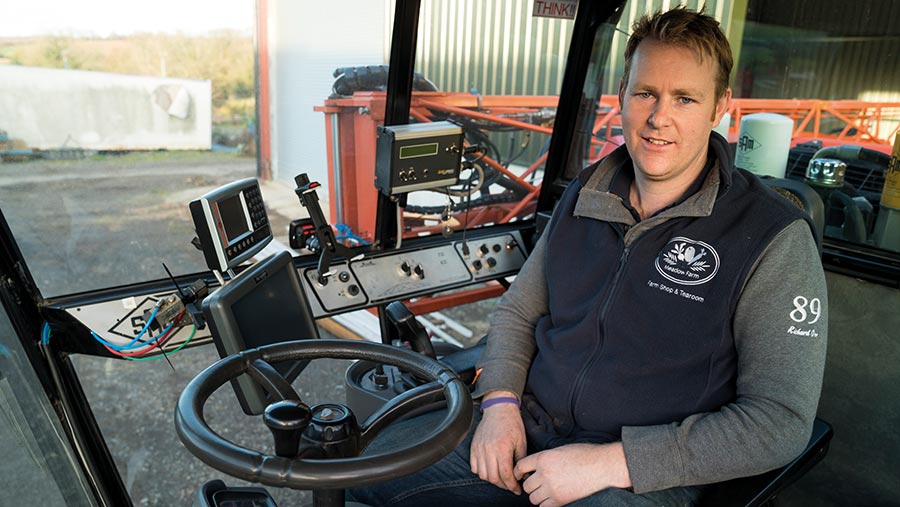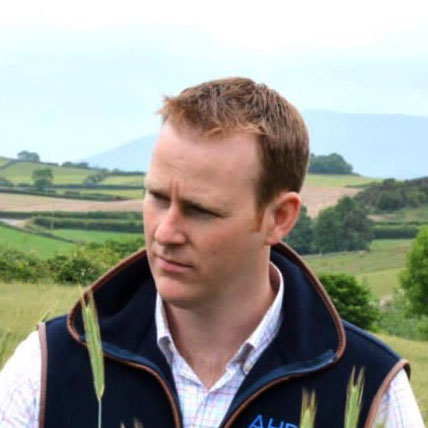Farmer Focus: Progressing along the min-till journey
 © Steffan Hill
© Steffan Hill Weather on the whole has been kind over the past few weeks and allowed for perfect preparation ahead of winter drilling.
We’ve been able to get all the land scratched and sprayed off after a good germination of volunteers and weeds.
It has also allowed time to do some remedial work, making sure hedges are neat and rivers/sheughs are running well.
See also: Why energy crops can fill the BPS income gap
This should set us up for a good clean establishment and, fingers crossed, the forecast 10 days of dry weather will materialise and drilling will soon be completed.
Now several years along the min-till journey, I find getting good consolidation after drilling seems to be key to uniform establishment, so I will be pushing hard to get rolled and sealed with herbicide as quickly as possible after drilling, conditions allowing.
We will be continuing our drilling trial again this year with wheat going back in, making it interesting to compare year one wheat to year four progress in establishment.
The opportunity has come to allow me to try some larger-scale direct drilling by testing a new drill being finalised by a local company. This is exciting and initial impressions show it has the ability to be very successful.
This will be a good way to see if our min-till progression is getting us into a position for successful direct drilling. I think we are heading the right way.
I believe over the past two decades, revolutions in machinery and chemicals, combined with pushy sales people telling you this is a must, have hindered long-term soil and plant health.
Over the past few years, we’ve worked hard on understanding how to reduce reliance on spraying crops, with plant health and variety choice being important.
The next step will be finding alternative ways of providing plant nutrition – mainly N – while reducing artificial fertiliser because we seem to be at the mercy of corruption and scandal when they are involved.
We are now under-sowing clover to see if we can fix some nitrogen and take back some control over inputs, but I’m sure there’ll be lots to learn along the way before we get it right.
Happy drilling…


